- Home
- Outdoor Pests
- Get Rid of Crickets
Get Rid Of Crickets
This post may contain affiliate links so I earn a commission.
It's essential to get rid of crickets because they are known to spread a wide variety of diseases and worms.
They don’t normally bite, but if you don’t know how to get rid of them in your home, these pests can start to drive you crazy in no time.
Crickets can be incredibly irritating when they set up shop inside.
They don’t frequently harm people, but their constant singsong chatter is enough to drive even the calmest person insane!
If you’re sick of dealing with crickets, here are some tips to help you get rid of them - for good.
Why Are Crickets A Problem?
Crickets bite and use this biting mechanism to chomp down on other insects but luckily, they aren’t usually known to bite people.
That being said, they are incredibly annoying to have hanging out in your home.
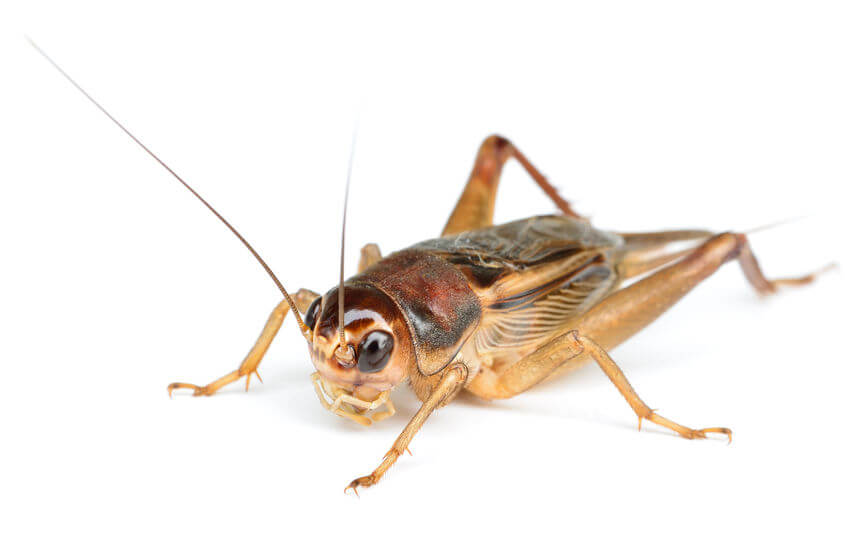
Not only are they quite noisy, but they can carry diseases like salmonella and E.Coli in their waste.
Crickets can also carry several types of worms.
When you handle a cricket or come into contact with its feces, you can develop sores or even problems like infection, gastrointestinal problems, or flu-like symptoms.
In short, a cricket infestation is not something you want to deal with.
Signs Of A Cricket Infestation
Crickets are often driven inside by changing temperatures.
They can also be forced inside when there is a shortage of water or food outside.
Crickets usually only live for about 90 days, but they reproduce rapidly.
They are also good at hiding.
They will typically hole up near fireplaces, kitchens, basements, and other cracks and crevices.
They can also sneak in behind baseboards, which makes them tough to locate.

Usually, you’ll see the crickets themselves, which will indicate that there is some sort of a problem.
Every now and then though, you may hear their telltale chirping as you go about your daily business.
How To Prevent Crickets
The easiest way to prevent crickets is to make sure your home is sealed up against the threat of infestation.
Check your home carefully for any potential entry points, bearing in mind that crickets are small and can easily slip through tiny cracks and crevices.
Do your best to seal up any openings around doors and windows.
Apply caulk around windows and either replace or repair torn or damaged weather stripping.
Make sure your window screens are repaired too, to eliminate the likelihood of crickets sneaking in through holes.
Similarly, trash cans should be kept clean and tightly shut.
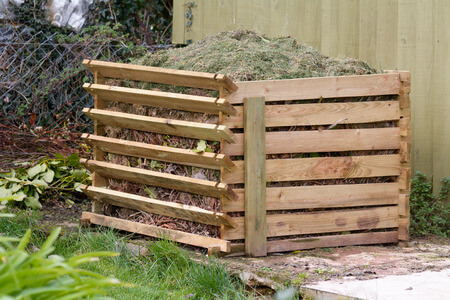
You may want to place cricket bait and traps in areas where crickets tend to congregate too, like near woodpiles, outdoor sheds, and compost areas.
You will want to keep these areas at least 20 feet from the home to prevent the likelihood of crickets migrating inside.
Do a thorough inspection of your lawn and home on a regular basis.
The easiest time to detect nymphs is in the early spring, when you might see crickets emerging to the surface of your lawn.
To encourage them to rise, combine two tablespoons of dish soap with a gallon of water.
Spray this mixture on your lawn.
The nymphs should come to the surface and you can then use an insecticidal treatment to get rid of these pests before they mature.
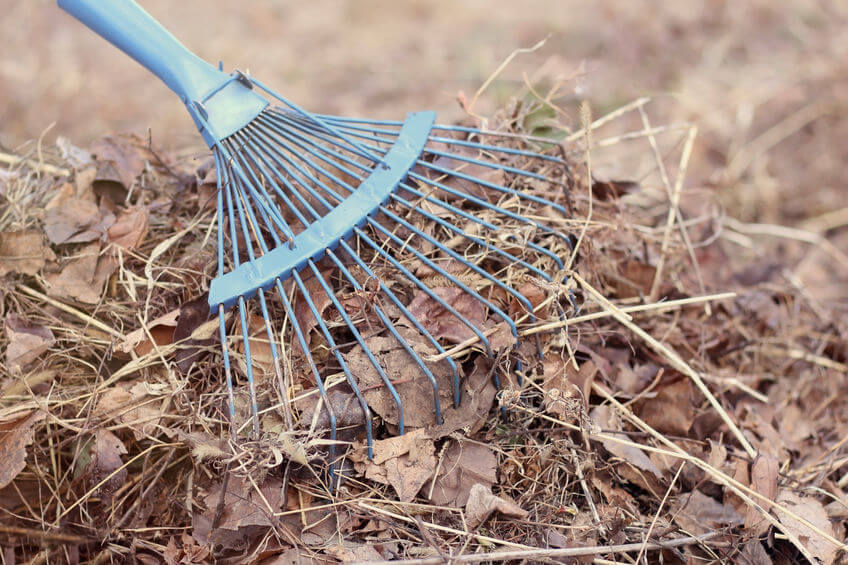
You can also keep your lawn trimmed and make sure vegetation is positioned far away from the house too.
Remember to keep all drains and gutters free from debris, and you should find that your likelihood of a cricket infestation is dramatically reduced.
How To Get Rid Of Crickets
Make a Natural Cricket Trap
Crickets like sweet things, so making a trap out of molasses and water can help lure them to their untimely deaths.
To do this, add a few spoonfuls of molasses to a shallow bowl filled about halfway with water.
Put the bowl near problem spots for crickets.
They’ll be attracted to the odor and jump inside - they should drown shortly thereafter.
Apply Diatomaceous Earth
Diatomaceous earth is an effective natural treatment that works well at getting rid of all kinds of insect pests.
You can use this treatment, which consists of the fossilized remains of microorganisms, around crevices and baseboards where crickets have been seen.
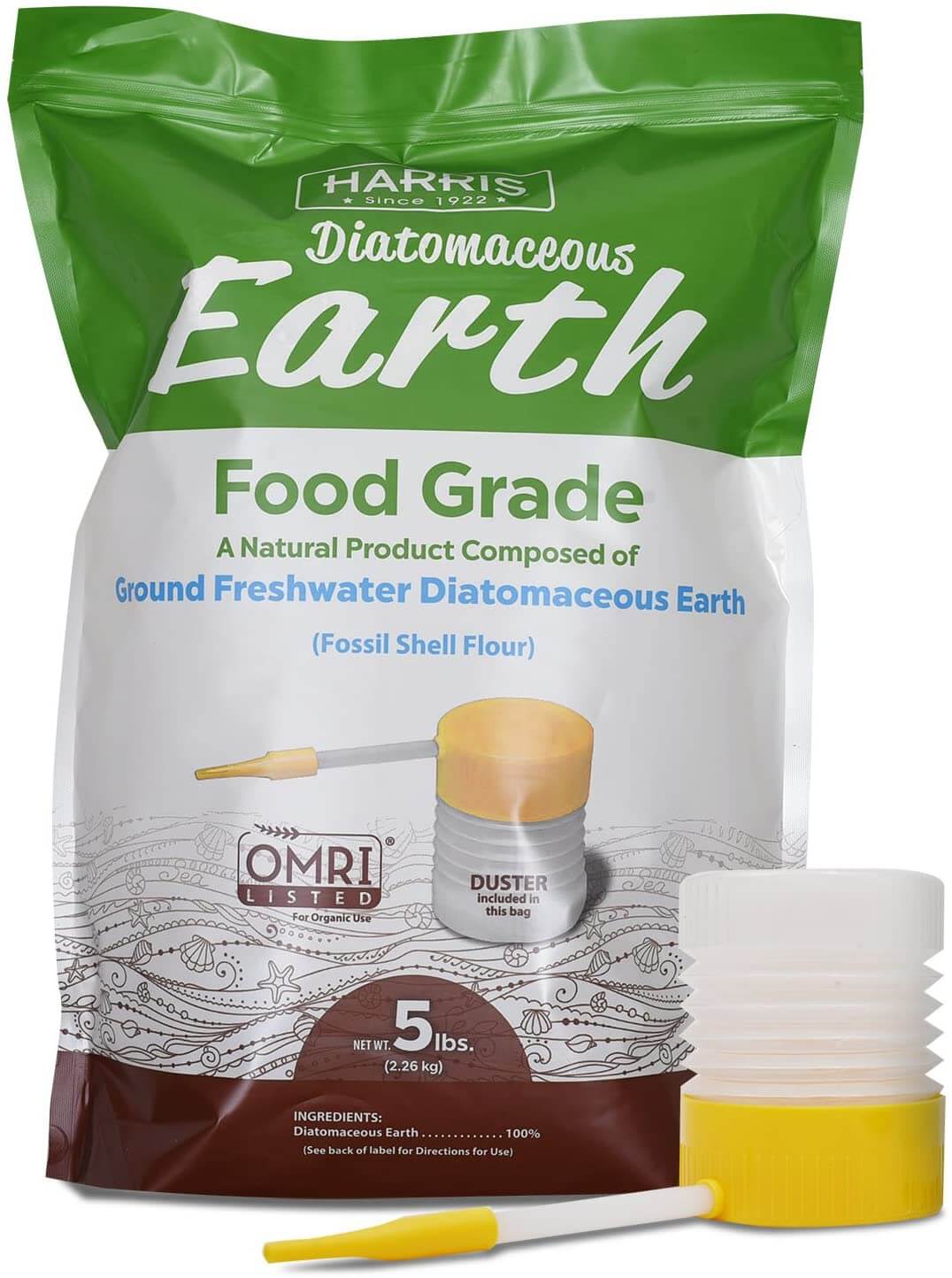
Safe to use around pets and children, diatomaceous earth creates deep cuts on the exoskeleton of the cricket.
The cricket will dry out and die as a result.
However, it does not have any kind of effect on animals or beneficial insects, making it a good option to get rid of crickets with ease.
Clean Up Inside To Get Rid Of Crickets
Indoors, take the time to vacuum any rugs and carpets.
Crickets like to lay their eggs here, so doing a thorough vacuuming can help get rid of the eggs.
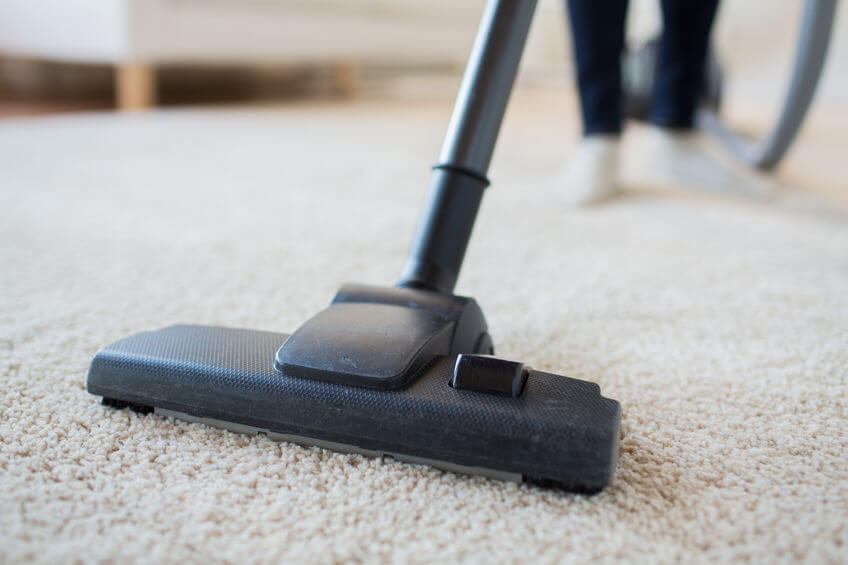
Make sure you seal the vacuum bag and discard it outside after you are done vacuuming. You should wash any reusable filters.
Encourage Natural Predators
There are all kinds of animals that like to feast on crickets, including birds, lizards, and spiders.
Invite these to your lawn by purchasing them and releasing them or by creating an environment that is conducive to these types of wildlife.
For example, you can set up birdbaths and bird feeders to attract songbirds that like to feed on crickets.
Rethink Your Lighting - Get Rid Of Crickets
Light has a tendency to attract crickets, so you can get rid of them by reconsidering how you incorporate outdoor lights.
You have a couple of options - you can switch to motion sensor-activated fixtures or stop using outdoor lighting entirely.
You may also want to try switching to an amber-colored light.
Effective at keeping all kinds of pests away, these specialty bulbs are less likely to attract crickets, flies, and other common pests than white or even yellow fixtures might be.
Get Rid Of Crickets - Overall
For some people, the sound of chirping crickets beckons images of romantic summer evenings spent relaxing on the veranda.
For others, it’s a noise that’s nightmare-inducing.
If crickets are causing you problems this summer, don’t let them.
Follow these tips on how to get rid of crickets, and you’ll be able to keep them away for good.



